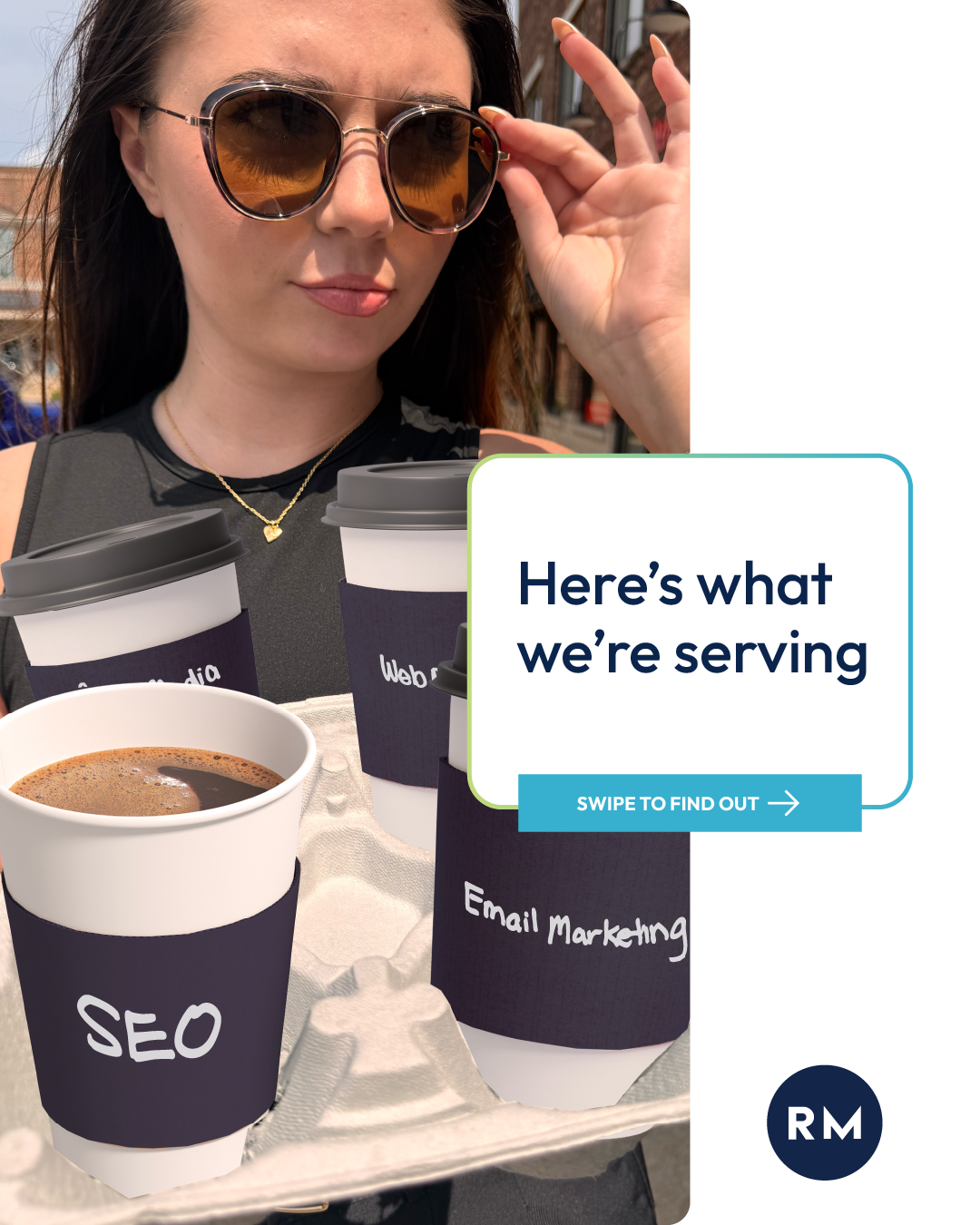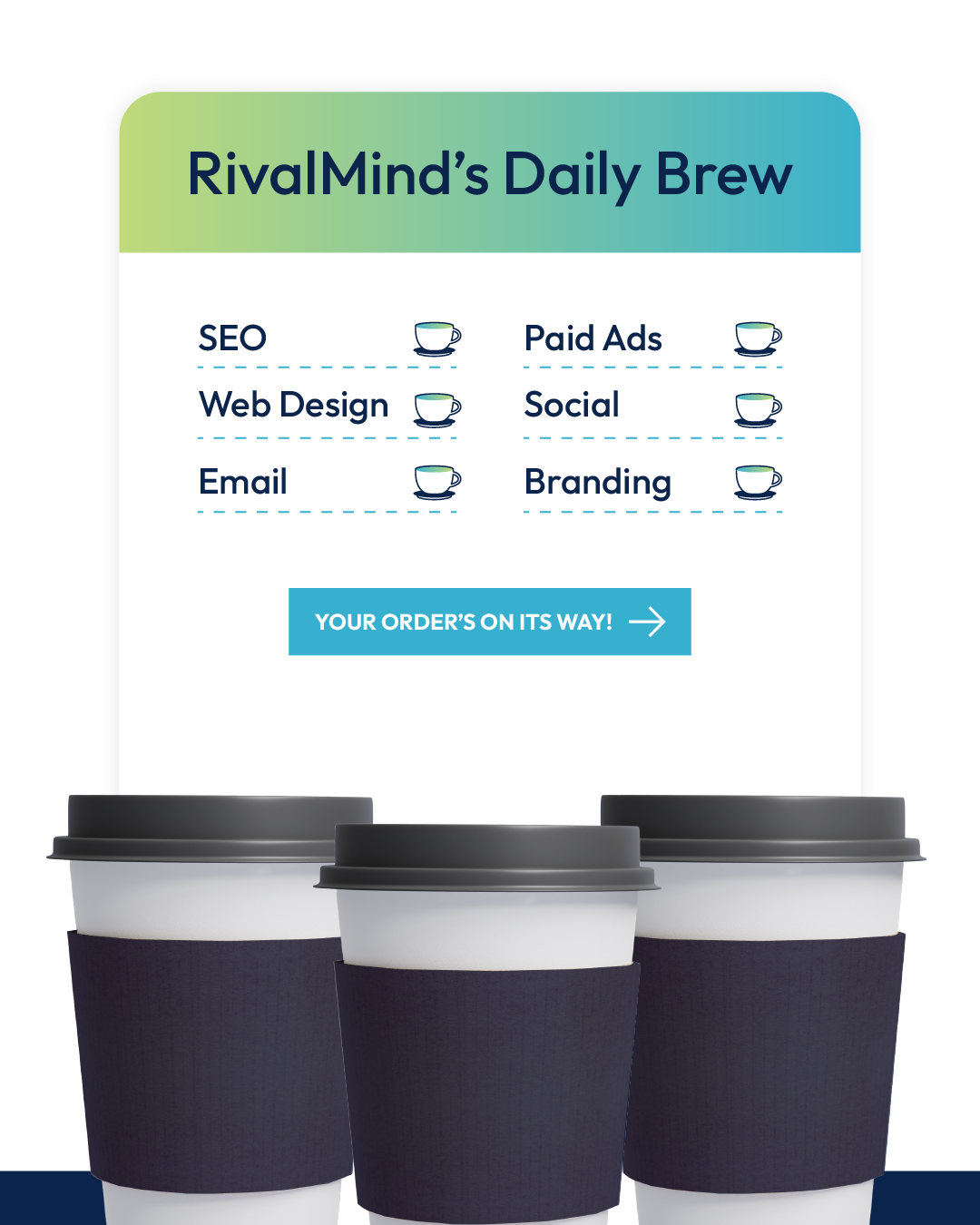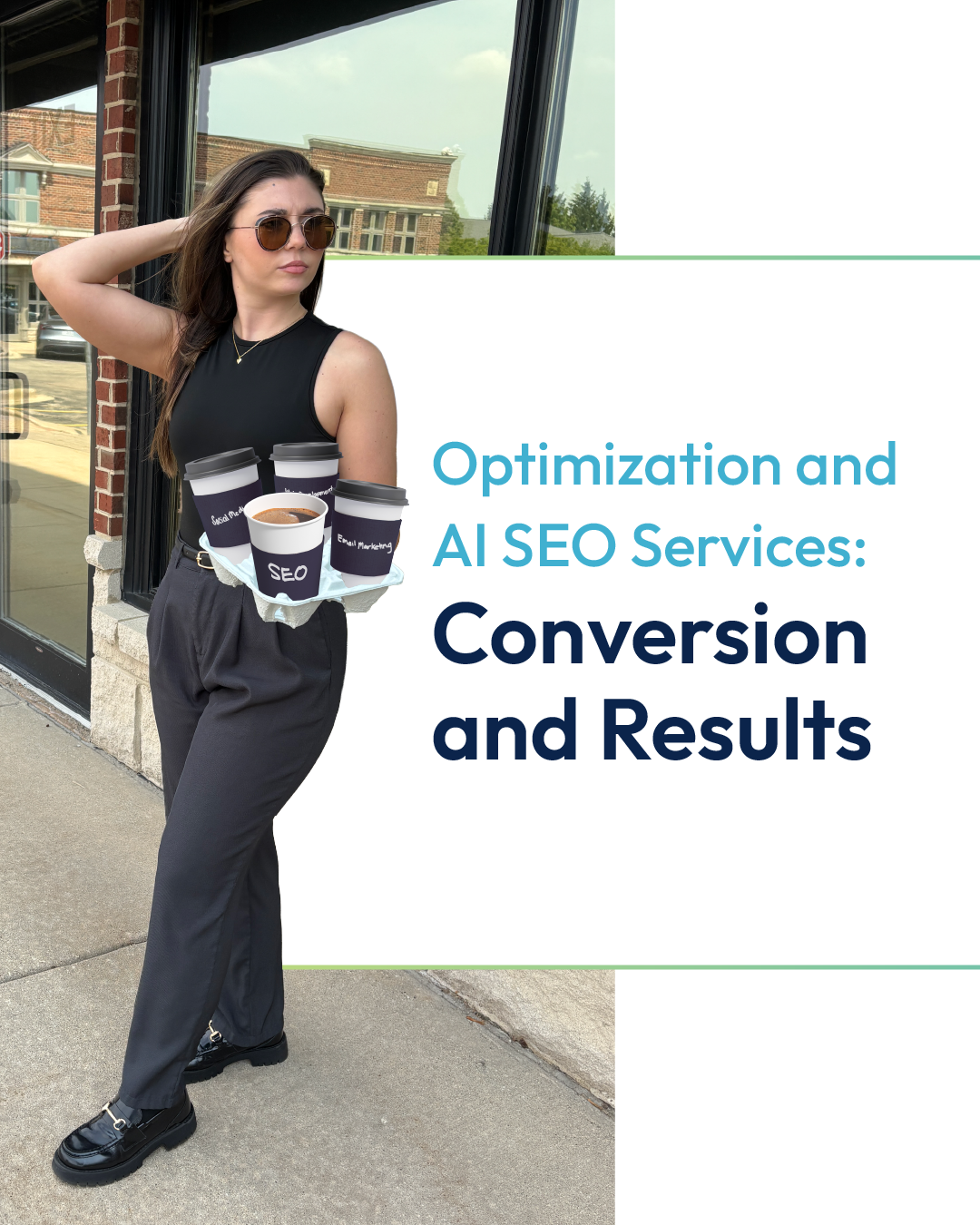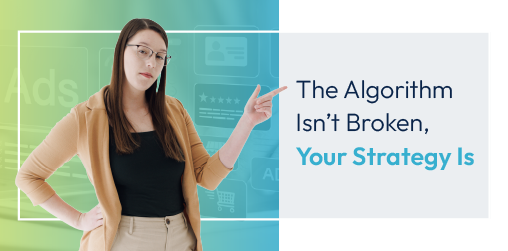Breaking the Corporate Fourth Wall: When Brands Begin to Feel Human
B2B brands used to play it safe. Now they’re starting to sound more like the people who run them. Scroll through LinkedIn or Instagram and you’ll see it. Team members posting memes about work. Leaders sharing ideas without sounding like a press release. It feels less like a company talking at you and more like someone inviting you in. These moments are short and often a little messy, but they’re also real. And in a space where everything usually feels scripted, that kind of honesty stands out.
The Corporate Filter Is Off
What used to feel too casual for B2B is now showing up in everyday posts. The overly formal brand voice is starting to loosen up, on purpose. Posts are less polished, less cautious, and more likely to reflect the quirks and personalities of the people behind them.
We’re seeing companies lean into humor, play with trending formats, and poke fun at the quirks of their own industries. These aren’t high-budget campaigns. They’re quick, human moments, and they build trust by making brands feel approachable.
A few standouts come to mind.
How Duolingo Turned a Joke
into a Movement
Take Duolingo, for example. In February 2025, the brand announced its mascot, Duo the Owl, had died. The initial post featured a black-and-white portrait and a caption that joked he “probably died waiting for you to do your lesson.” The story escalated from there. Duolingo shared mock funeral clips, showed Duo getting hit by a Cybertruck, and posted reactions from other mascots. Then came a challenge: users were asked to collectively earn 50 billion XP, the app’s internal point system that tracks language learning activity, to bring Duo back.
On February 24, he returned with the line, “Faking my death was the test and you all passed.”
The campaign blended storytelling, humor, and real-time participation in a way that felt intentional and well-timed. Duolingo trusted its audience to follow along and let the story unfold without overexplaining. The result was one of the year’s most memorable digital moments. It was unexpected, chaotic, and completely on-brand.
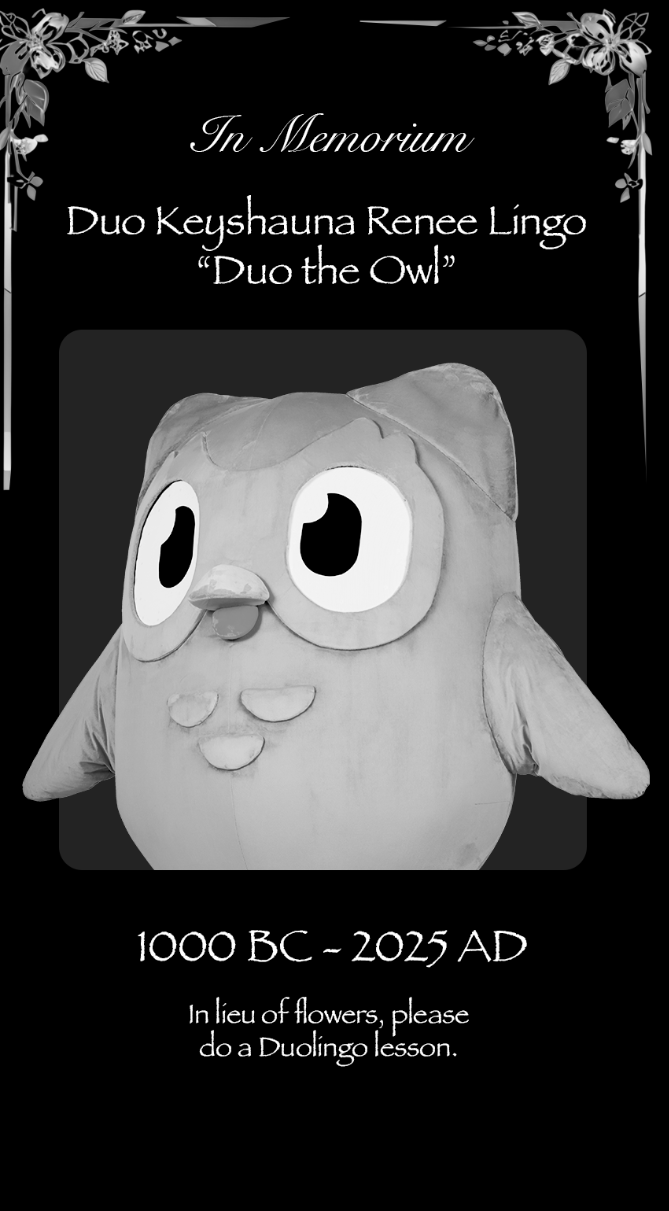
McDonald’s and the Snack Wrap Tease That Paid Off
Then came McDonald’s. Fans had been asking for the Snack Wrap to return for years. On April 15, 2025, McDonald’s posted a cryptic message across X and Instagram: “snack wraps 0x.14.2025.” It didn’t confirm anything, but it got people talking.
On June 3, the brand announced the official return date: July 10. The post thanked fans directly and acknowledged that the demand came from them.
The rollout showed how a brand can build momentum without relying on a heavy-handed campaign. McDonald’s didn’t steer the conversation or try to control the narrative. Instead, they responded to something that was already happening and gave it just enough fuel. The approach felt intentional and grounded, which made the Snack Wrap’s return more meaningful to the audience driving the demand.
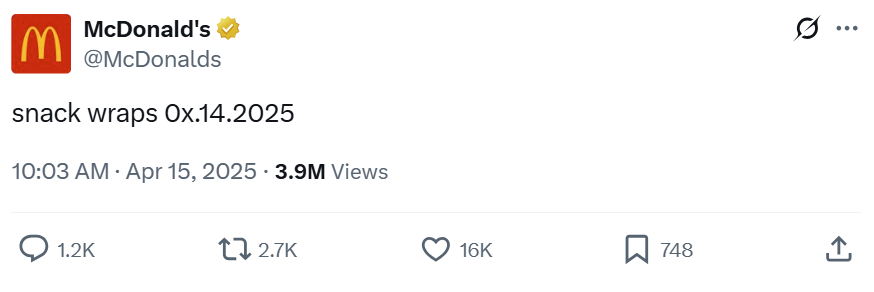
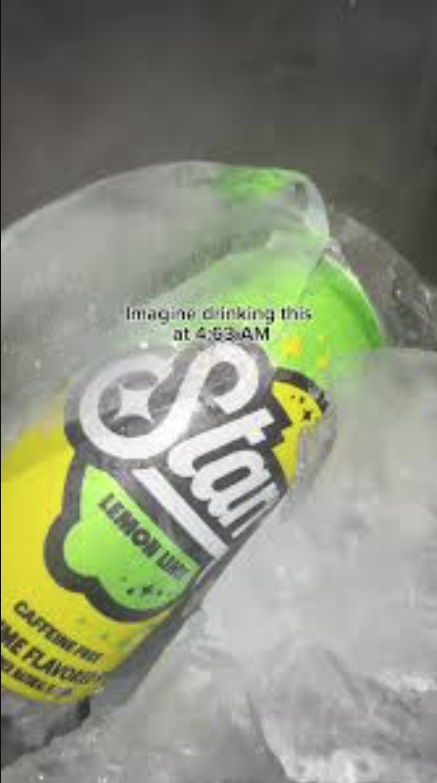
Starry’s Absurdist Voice Breaks Through
You don’t have to go big to get attention. Starry posted “Imagine drinking this at 4:53 AM” and let the internet do the rest. The post didn’t include any context or call to action. It was just strange enough to get people to stop scrolling and pay attention.
Offbeat content like this doesn’t follow traditional marketing rules, but it reflects how people already talk online. Starry’s voice feels casual and self-aware, blending into the feed without forcing itself into the spotlight.
That choice reflects a deeper shift in brand behavior. Being relevant doesn’t always require a campaign. Sometimes, it’s about knowing when to speak the same language as your audience and trusting that they’ll get it.
When Professional Started to Feel Impersonal
For a long time, B2B content was built to blend in. Even when brands tried to show personality, it often got watered down during internal reviews. That kind of safe, neutral approach wasn’t wrong, but today, it often falls flat.
Connection doesn’t come from control. It comes from presence. And presence means showing up as a brand, not just through messaging, but through real people.
Real People. Real Posts.
More and more, companies are giving employees room to speak in their own voice. You might see someone post a photo from a team event, share a candid story, or even jump on a trending meme format. The polish is gone. What remains is authenticity.
And maybe that’s the most radical thing a brand can be right now.
Letting Ourselves Be Seen
This shift isn’t just happening out there. It’s happening right here too.
At RivalMind, we’ve gradually moved away from overly curated content and toward something more grounded. Our voice has become clearer, more honest, and a lot more human. We’ve let go of the need to sound like an agency and focused instead on sounding like ourselves.
We joined a playful trend where people carried their "products" in a fast-food-style drink tray. Instead of literal items, we showcased our services—a simple, scrappy, funny moment that let our personality shine. We didn’t filter it through a production lens. We used our team’s real voices because they are the brand.
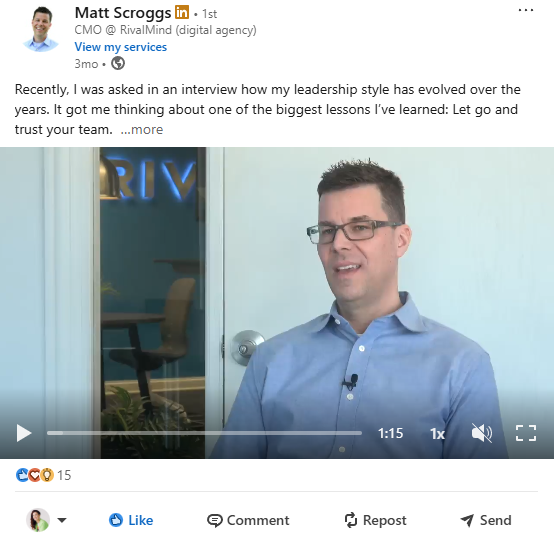
We’ve also encouraged our team to express themselves more openly on platforms like LinkedIn. One example is our CMO, who has been sharing unscripted video responses to questions and ideas in real time. In a space that often favors polished delivery, showing up unscripted and sincere stands out. It’s unfiltered, honest, and the kind of presence people actually want to connect with.
When the Language Changes, So Does the Relationship
As our voice has become more transparent, our relationships with clients, our audience, and even ourselves have shifted. You can see it in our social posts, on our website, and in how we communicate across channels.
Last year, we planned a professional photo shoot. But it wasn’t to stage something that didn’t exist. It was to capture the energy and enthusiasm that already lived inside our team. The photos weren’t just visuals, they were a reflection of our voice: honest, open, and energized. That authenticity set the stage for something more important: giving team members space to represent the brand in their own way. Not because they were told to. Because it felt natural. That’s the power of trust. It creates motion.
So now, when someone encounters RivalMind, whether it’s through our site, a social post, or a conversation with someone on our team, the message is consistent. What you see is what you get. And maybe even more than that, what you feel is what you get.
Where We Go From Here
The shift toward transparency and personality is less of a trend and more of a reminder: brands are made up of people. And people connect with people.
At RivalMind, we’re still figuring it out. But we believe that when we lead with honesty and curiosity, the work becomes more meaningful for our clients, our team, and the people paying attention.
If you’re looking for a partner who shows up with that kind of intention, we’d love to
start a conversation.
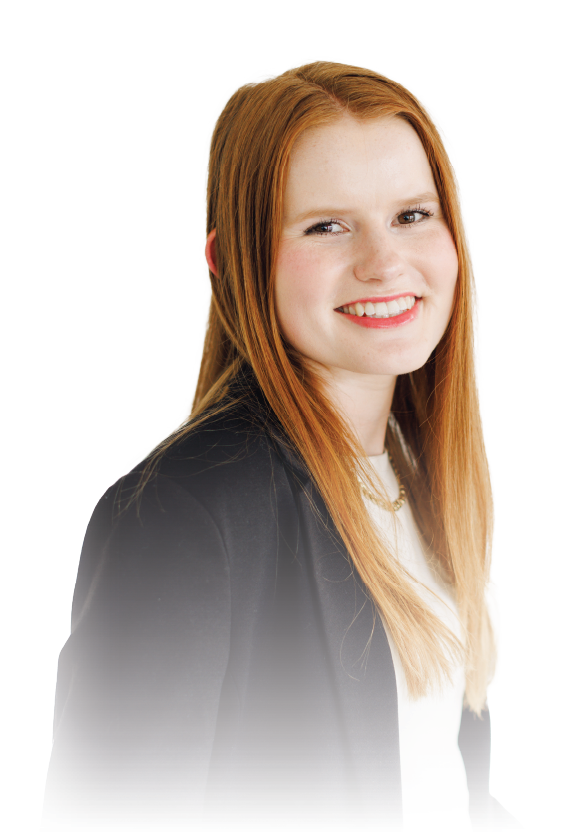
Noelle Horbenko
Content Marketing Specialist
Meet the Authors
Jessica leads the Content Marketing Department with a strategic vision that guides the team for the best outcome and success of our clients and RivalMind. She focuses on big-picture planning and client collaboration to ensure every project supports key goals.
Noelle brings that vision to life by coordinating projects, optimizing content, and keeping everything on track and on schedule.
Together, Jessica and Noelle combine strategic leadership with seamless execution to deliver content that moves clients and RivalMind forward.
Specialties: Partnering as Director and Specialist to blend big-picture strategy with detailed execution, ensuring success for our clients and company.

Jessica Goodrum
Director of Content Marketing
Looking for more organic website traffic?
Welcome to RivalMind. Our purpose is to help your business thrive. We are a digital marketing agency that offers SEO, PPC, Web Design, Social Media and Video Solutions as tools to our clients for online business development and growth.
Contact us today to get started!
Blog Contact Form
Connect with Us:



